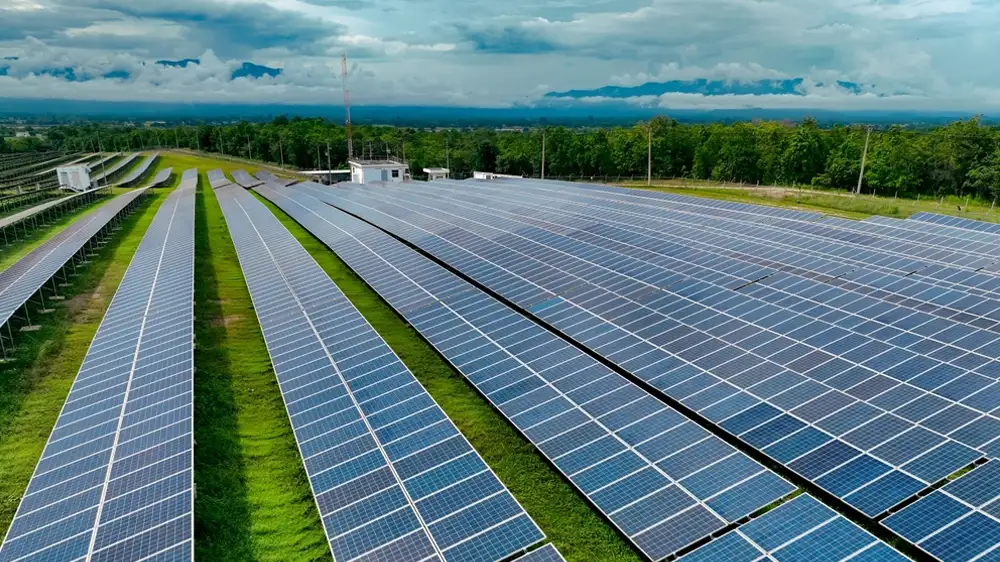Leonardo da Vinci, the quintessential Renaissance man, was not only a brilliant artist but also an inventor, scientist, and philosopher. His insatiable curiosity and innovative spirit led to groundbreaking contributions in various fields, including art, anatomy, engineering, and mechanics. If da Vinci were alive today, it is fascinating to speculate where his investments might lie, given his profound understanding of science, technology, and the arts. This article explores potential investment areas that align with da Vinci’s interests and visionary mindset.
Leonardo was fascinated by machines and automation, as evidenced by his designs for flying machines and mechanical automata. Today, the field of artificial intelligence and robotics would likely captivate him. Investing in AI companies focusing on automation, machine learning, and robotics could appeal to his vision of enhancing human capability through technology. Da Vinci would be intrigued by the potential of AI to revolutionize industries such as healthcare, manufacturing, and transportation.
Da Vinci’s meticulous studies of human anatomy and physiology demonstrate his commitment to understanding the human body. If he were alive today, he might invest in biotechnology firms that focus on genetic engineering, regenerative medicine, and innovative healthcare solutions. These fields have the potential to transform medical practices and improve human health, aligning with da Vinci’s belief in the power of science to enhance life.
Leonardo was a proponent of sustainability, as seen in his observations of nature and the environment. In today’s context, he would likely invest in renewable energy sources such as solar, wind, and hydroelectric power. Companies that develop innovative technologies for harnessing clean energy would resonate with his commitment to environmental stewardship. By investing in sustainable energy, da Vinci would align his financial endeavors with the urgent need for ecological balance.
As an advocate for knowledge and learning, da Vinci valued education and the dissemination of ideas. In the modern world, he might invest in educational technology (EdTech) companies that focus on innovative learning platforms, online courses, and resources that make education accessible to a broader audience. Investing in platforms that utilize gamification, virtual reality, or AI-driven personalized learning experiences would align with his vision of empowering individuals through knowledge.
Leonardo’s artistic legacy continues to influence countless artists and creators today. If he were alive in the digital age, he might explore investment opportunities in the burgeoning field of digital art and non-fungible tokens (NFTs). By investing in NFT marketplaces or digital art platforms, da Vinci could support the new wave of artists while leveraging technology to redefine art ownership and distribution.
As a master storyteller, da Vinci understood the power of narrative. Today, he might invest in the film industry, particularly in innovative storytelling formats such as virtual reality (VR) and augmented reality (AR). These technologies offer immersive experiences that allow audiences to engage with stories in ways previously unimaginable. Supporting projects that push the boundaries of storytelling would resonate with his artistic vision.
Leonardo da Vinci’s sketches of flying machines reflect his fascination with flight and exploration. If he lived today, he might invest in aerospace companies involved in space exploration and technology. With the renewed interest in space travel and the potential for colonization of other planets, investing in companies like SpaceX or Blue Origin would align with his adventurous spirit and desire to push the boundaries of human knowledge.
If Leonardo da Vinci lived today, his investments would likely reflect his diverse interests in technology, science, art, and the pursuit of knowledge. From artificial intelligence and biotechnology to renewable energy and creative industries, da Vinci would embrace innovative fields that align with his visionary mindset. By investing in areas that enhance human potential, promote sustainability, and push the boundaries of creativity, he would continue to inspire generations to come, much like he did during the Renaissance.






